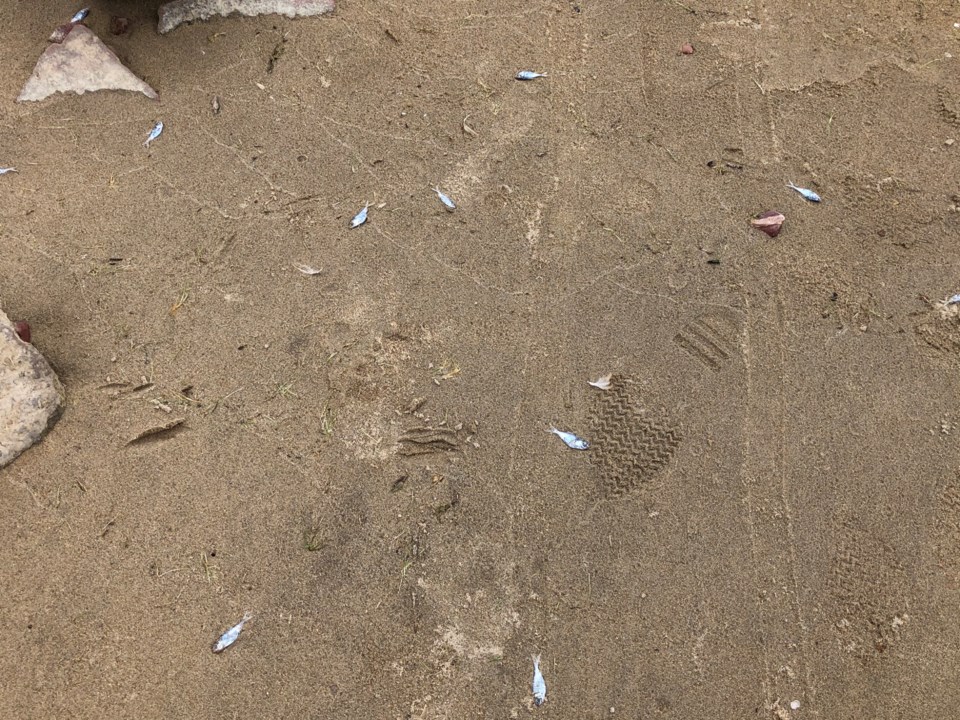The bodies of small fish seen recently along the shoreline at Union Reservoir are not a sign of issues with the water quality, according to John Brim, a senior ranger with Longmont Parks and Open Space.
The gizzard shad, about an inch long, are the main forage fish in the reservoir and are so abundant that Colorado Parks and Wildlife in the past has collected them from Union to place in other reservoirs, according to Brim.
“There is nothing in the water killing the fish,” he said via email earlier this week. “When we have high winds and hot temperatures it is very common to have these small fish die. The pelicans and seagulls feed on these dead fish, and depending on the wind direction, they often end up along our beach area.”
Jason Clay, public information officer with Colorado Parks and Wildlife, said this time of year it is not uncommon for fish to die because of warming water temperatures and algae blooms.
Union Reservoir has an abundant fish population, according to Clay, including lots of walleye and wiper (a hybrid striped bass). An annual survey of the reservoir’s population is planned later this month, he said.



